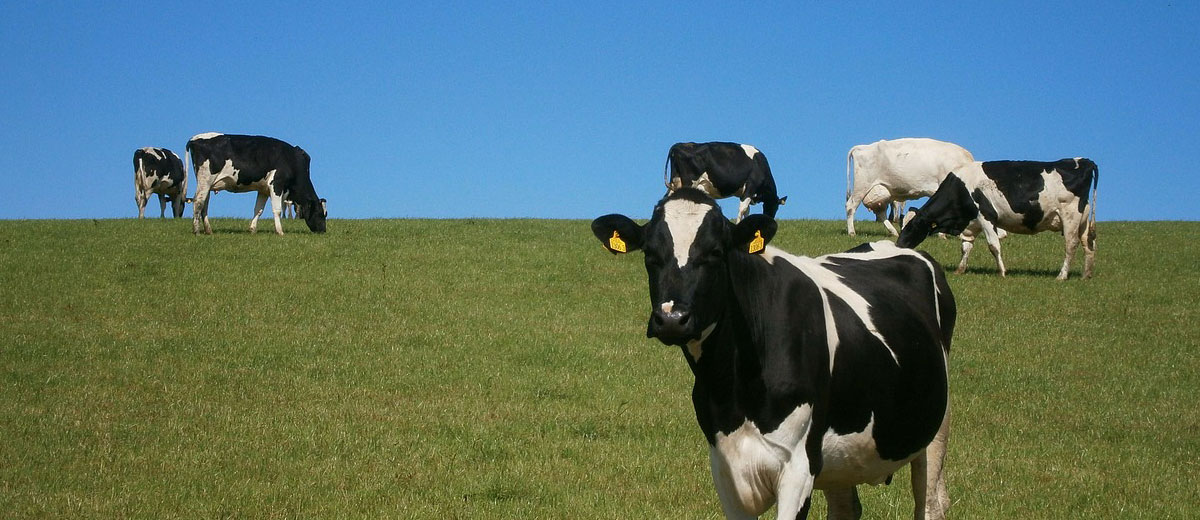
U.S. Officials Strengthen Measures to Contain Further Spread of H5N1
U.S. authorities have intensified their efforts to curb the spread of the first recorded outbreak of H5N1, or bird flu, in dairy cows. This outbreak has now affected 33 herds across eight states and has extended into the national milk supply. To date, only a farm worker in Texas has tested positive for H5N1. Despite health officials and scientists maintaining that the risk to the general public is low, many uncertainties persist.
The occurrence of bird flu in dairy cattle marks a notable increase in the variety of mammals that can be infected by a virus typically found in birds.
Researchers are vigilant for any mutations in H5N1 that might indicate it is becoming more transmissible among humans. The virus has historically caused severe or fatal infections in people who have direct contact with infected birds or poultry. It is recognized as a virus with potential to cause a pandemic, and its transmission to a new mammal species is a serious concern.
The strain affecting cattle is the same subtype that has been infecting wild birds and poultry globally for over two years, and it has also been lethal to several mammal species likely infected through eating infected birds.
While the full scope of the outbreak is yet unclear, recent discoveries suggest it might be more widespread than currently documented.
On April 23, the U.S. Food and Drug Administration confirmed finding H5N1 particles in the milk supply, which are believed to be non-infectious remnants destroyed by pasteurization, ensuring the safety of the milk. Initial tests have found no live virus in milk samples, and authorities advise against consuming unpasteurized milk.
The virus has been detected in asymptomatic cows, and their milk does not exhibit any signs of infection, such as increased thickness or yellow coloration.
In response to the outbreak, the U.S. government now mandates bird flu testing for dairy cattle transported between states.
Previously thought to be a recent issue, new data suggests the outbreak might have begun late last year.
Following the public release of raw genetic data by the U.S. Department of Agriculture on April 21, Dr. Michael Worobey and his team of evolutionary biologists at the University of Arizona have traced the virus’s spread across herds through genetic analysis. In an April 24 interview, Dr. Worobey indicated that the outbreak likely stemmed from a single transmission from a bird to a cow in late 2023, around December.
The exact transmission routes remain unclear, though evidence points to possible transmissions from wild birds to cows, among cows, from cows to poultry, and in one instance, from a cow to a human. There is no evidence of human-to-human transmission.
The virus may also be spreading during the milking process, either through contact with contaminated equipment or through aerosols generated during cleaning.
Whether the virus can be transmitted through respiratory droplets like typical human flu viruses is still unknown.
The U.S. has access to bird flu vaccines and antivirals matched to the currently circulating strain, which could be deployed in response to a significant epidemic or pandemic. Vaccine manufacturers such as Sanofi, GlaxoSmithKline, and CSL Seqirus are monitoring the situation and are prepared to respond.








































